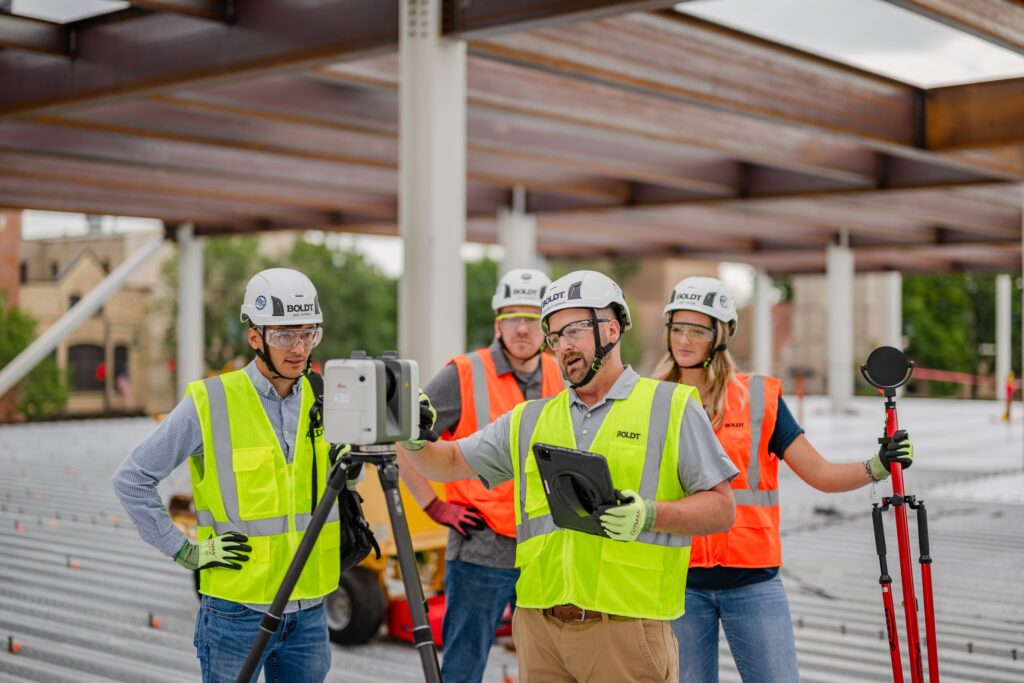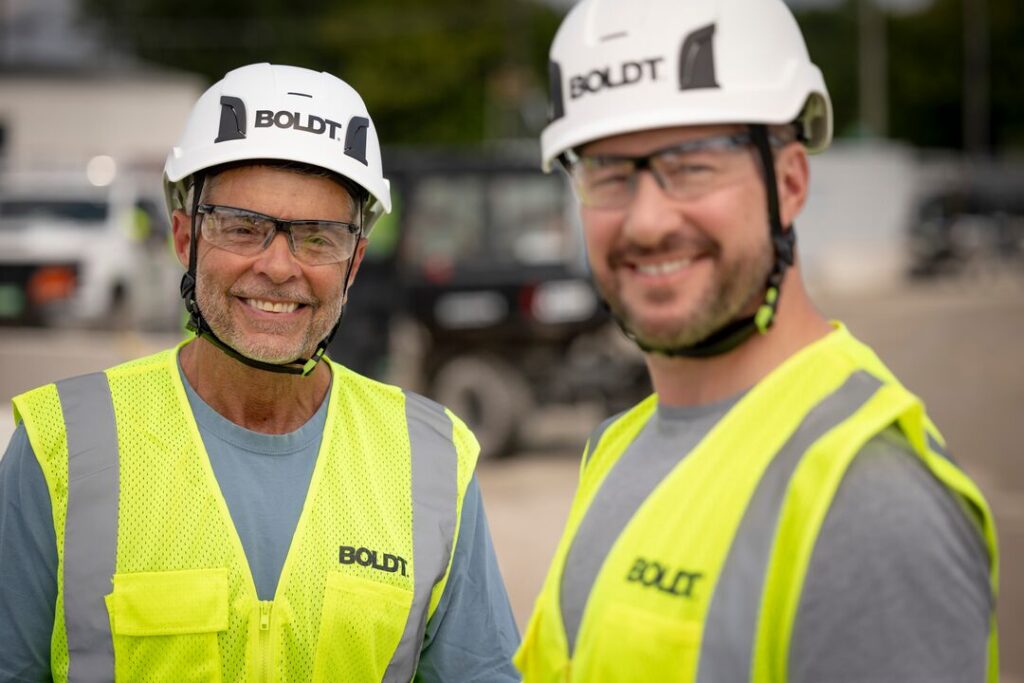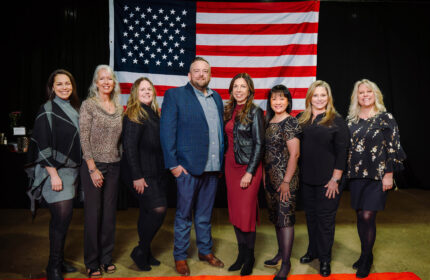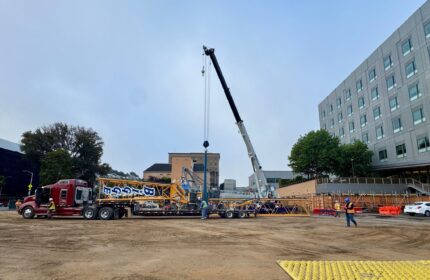Blog
The Power of Connectivity in Supporting Mental Health
Geoffrey Nelson
Vice President & Director of Integrated Design

At Boldt, we talk a lot about our culture of safety. And as we approach Construction Suicide Prevention Week, we are reminded why we take the responsibility of addressing mental health as part of a safe, welcoming culture seriously.
Statistics warrant it. Unfortunately, construction has one of the highest suicide rates across all industries, according to the Centers for Disease Control & Prevention
Boldt takes proactive measures, offering and promoting access to suicide prevention hotlines; our Employee Assistance Program; diversity, equity and inclusion efforts; and our industry-leading Gatekeeper program. These are all important efforts, but work remains. That prompted me and a few others in the AEC field to ask ourselves, “What more can we do to support mental health?”
Our answer: Make mental health a core project value. Integrated project delivery is collaborative by its nature. It requires team members to work closely, trust and care about each other to create a high-performing team. You can’t do that without caring about each other’s mental health. That requires leaders to take active steps to create a healthy mental health environment on every project. Specifically, that includes recognizing that sharing our stories and experiences draws people out, validates their experiences and creates a safe space for reflection and sharing.
For me, this includes sharing my personal experiences. At a recent job site stand-up, I shared examples of my own rough days, and how having mental health challenges run in the family isn’t easy (my mother attempted suicide when I was a kid.) Two union employees approached me before I even stepped foot off the jobsite that day to say how powerful my story was and how much they appreciated me sharing it. Sharing these stories gives a strong message: “It’s OK to talk about these things here.” As a leader on the project, I see it as my duty to bring aspects of my personal life into the company so others can bring more of their personal lives forward, too.

I have also shared my experience as the dad to a daughter who is a trans person and the challenges she faces. I had people coming up to me for a week after that presentation to share their experiences with family members, or who saw themselves in the stories I shared.
In reality, we only know a tiny percent about each other’s lives. Someone may be dealing with chronic pain, caring for an elderly parent, struggling with mental health. There is power in connectivity on and off a project.
In addition to this work at Boldt, three AEC peers and I participated in a series of interactive mental health presentations. Each one led to a bigger stage to reach more people with our message. At each event, we talked about mental health from a place of approachability, walking around the room and handing off the microphone to attendees. We polled the audience to prompt conversations. We tackled a huge topic in a disarming, casual way that normalized the conversation with each of these industry groups.
What started at the local level in Sacramento resulted in presentations in the San Francisco Bay area for the Society of Marketing Professional Services, the regional DBIA (design/build) conference in southern California and most recently, the Association of General Contractors.
At each, we present using a framework from the U.S. Surgeon General that says workplace mental health requires employees to have:
- Protection from harm (physical and psychological safety and security) – Asking, how is your workplace supporting mental health needs?
- Connection and community/social support – Asking, how can the team promote a culture of inclusion and belonging?
- Work/life harmony – Asking leaders to model and share healthy behaviors and boundaries.
- Mattering at work – Encouraging leaders to engage employees in workplace decisions and to create a culture of recognition, dignity and meaning.
- Opportunity for growth – Asking what factors might limit team members’ growth.
With each presentation, we remind people what tools they have and of the responsibility each of us must drive culture. Mental health should not be taboo to talk about. If we want change, we must be an example of what we seek. We can only change the mental health conversation and statistics by making mental health an everyday responsibility.
About The Boldt Company
The Boldt Company (Boldt) is a leading professional construction services firm with customers across the United States and is a subsidiary of The Boldt Group. Founded in 1889, Boldt is a fourth-generation family and employee-owned firm headquartered in Appleton, Wisconsin. Boldt is recognized as a pioneer in Lean construction and in the industrialized construction space. Boldt operates 18 offices across the U.S. that serve customers in healthcare, power, industrial, education, automotive and commercial markets.


